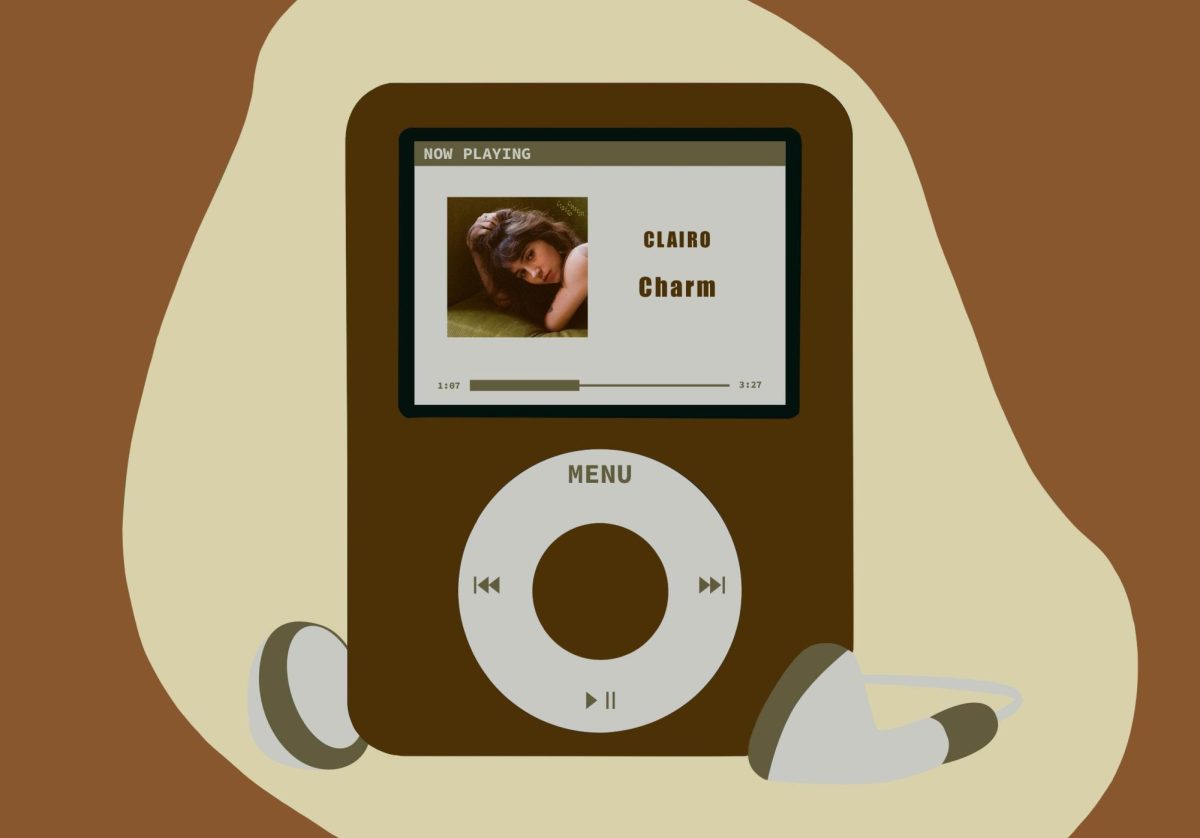Literature has the glorious power to enlighten, to teach and, more importantly, to make people learn to question authority.
In “Reading Lolita in Tehran: A Memoir in Books,” Azar Nafisi, recounts how she, as a professor at the University of Tehran, and seven of her female students secretly met at her house to discuss classics of Western literature. Nafisi developed her love of English literature at the University of Oklahoma, where she received her doctoral degree.
The women met every Thursday for two years to shed the veils the Islamic Republic forced them to wear and read the forbidden works of Jane Austen, F. Scott Fitzgerald, Vladimir Nabokov and Henry James.
Before Ayatollah Khomeini rose to power in 1979, Iranian women enjoyed many of the same freedoms as their Western counterparts. They were teachers, lawyers and doctors; some women were high-ranking government officials. They wore T-shirts and jeans, makeup and nail polish, and were allowed to walk down the street and talk to anyone they wanted to. These seem like simple freedoms, but once freedom is taken away, the slightest things become the most treasured.
Under Khomeini’s rule, women were forced to live submissive and fearful lives. They were removed from their jobs and ordered to wear long robes and head scarves, and the slightest infraction on anyone’s part was punishable by torture or death. The republic’s notorious “morality police” patrolled the streets searching for infidels and anarchists, and their white Toyotas were enough to frighten almost anyone.
Nafisi was a professor who refused to submit to the stifling restrictions, and she was often threatened with expulsion. She ignored the warnings and continued to teach what she thought the students deserved to know. Her lectures were often canceled or half-empty during the war with Iraq, but she continued to teach “Pride and Prejudice” and “Daisy Miller” even as rallies raged outside on the university campus.
The stories of her students mingles with the plots of the books they read, and her book smoothly slides from an argument among her seven students, to a mock trial of Fitzgerald’s “The Great Gatsby,” to a discussion on the morality of one of James’ heroines.
Some of her students were tortured, jailed or killed, and she finds parallels between the characters in the novels and the real-life, albeit unknown, people whose lives are forever entwined in the history of Iran. Nafisi eventually left Iran again, returning once more to the United States where she currently teaches literature in the School of Advanced International Studies at Johns Hopkins University in Washington, D.C.
She draws pictures with her words, pictures that make her students tangible people and not faceless characters in a dime novel. Her descriptions of her students – from one girl’s “fair, fragile skin, eyes the color of honey and light brown hair” to another, whose “looks clashed with her solemn expression, which was neutral and adamantly impenetrable” – show her attention to even the tiniest detail, which makes the book even more interesting.
Nafisi’s book is an intimate and compelling look at the struggle against the Islamic fundamentalists’ anti-woman agenda, and her story from inside the battlefields of universities and city streets says more than any history textbook ever could.
















